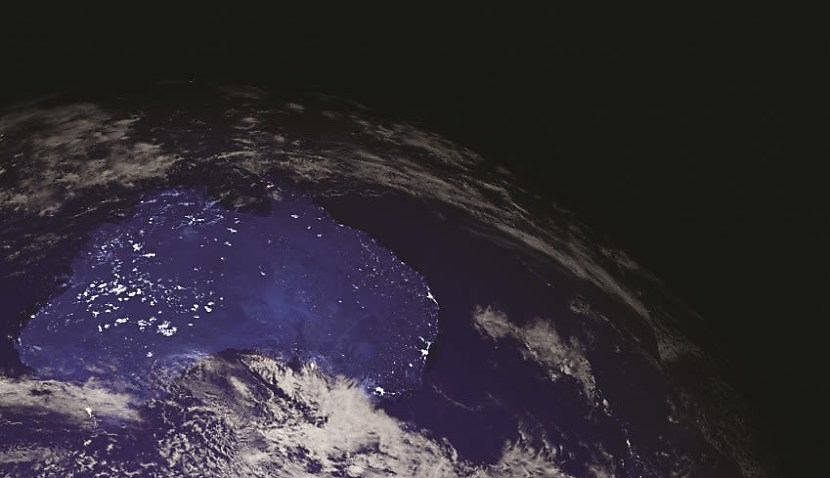
The new “uplink processing centre” in Uralla, NSW, will consist of a ground control centre and two radio frequency uplinks.
SouthPAN is a Satellite-Based Augmentation System (SBAS) that provides huge improvements to positioning and navigation systems, using a combination of reference stations, telecommunications infrastructure, computing centres, signal generators, and satellites.
Resources Minister Madeleine King said the construction would be the first of several pieces of Australian infrastructure dedicated solely to the service.
“Currently, SouthPAN uses existing ground infrastructure, allowing us to provide early open services while the new infrastructure is being built,” she said.
“Having infrastructure solely dedicated to SouthPAN will provide important redundancy and resilience, which the industry expects from accurate positioning services.”
Lockheed Martin won a 1.18 billion contract to help oversee the project late last year and will specifically build its ground segment.
The service has been live since 2022, but will only formally broadcast from 2027, with more critical “safety of life” services coming in 2028.
Lockheed Martin Australia’s chief executive, Warren McDonald, said, “Not only is it a crucial milestone for the SouthPAN network, which will benefit major parts of our economy like agriculture, construction and transport, but it also embodies our ongoing commitment to growing a long-term and sustainable space presence in Australia.”
SouthPAN works by using a number of distributed ground stations to monitor signals broadcast by Global Navigation Satellite System (GNSS) satellites. It then compares each station’s known location with position data from the satellites.
“The GNSS signal data and measurement information is sent to correction processing facilities,” explains Geoscience.
“The facilities aggregate the data from all ground stations, produce error corrections and status information about the GNSS satellites, and format the data in a standardised series of messages.
“These messages are sent to an uplink station, which transmits data to a satellite in geostationary Earth orbit.
“The data is broadcast to all precise positioning users, who combine SouthPAN’s data with their own observations of GNSS satellites.”
Space Connect reported earlier this year how Australia and New Zealand signed a $190 million deal with Inmarsat to allow “SouthPAN” to be broadcast from one of the firm’s upcoming I-8 satellites from 2027.
Geoscience Australia, the lead Australian government agency, said the Inmarsat deal would provide “redundancy and resilience” in SouthPAN that would enable critical applications to use it.
“These services will be accessed or used by end users engaged in operations where life could be at risk, like landing an aircraft at an airport,” said Geoscience.

Adam Thorn
Adam is a journalist who has worked for more than 40 prestigious media brands in the UK and Australia. Since 2005, his varied career has included stints as a reporter, copy editor, feature writer and editor for publications as diverse as Fleet Street newspaper The Sunday Times, fashion bible Jones, media and marketing website Mumbrella as well as lifestyle magazines such as GQ, Woman’s Weekly, Men’s Health and Loaded. He joined Momentum Media in early 2020 and currently writes for Australian Aviation and World of Aviation.
Receive the latest developments and updates on Australia’s space industry direct to your inbox. Subscribe today to Space Connect here.









